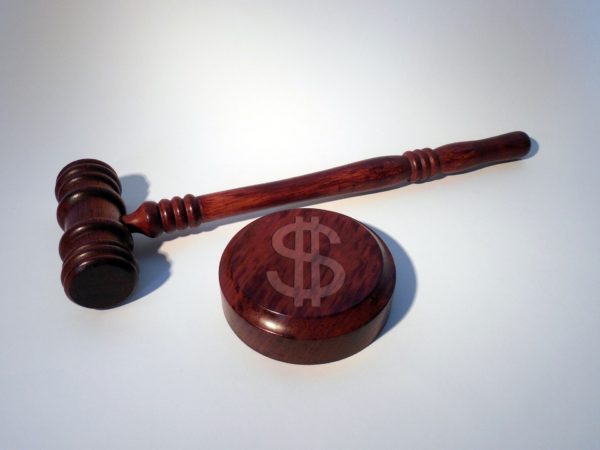FAQs
What is a bail hearing?
Updated: March 28, 2025
Legally Reviewed by Cory Wilson
The right not to be denied reasonable bail without just cause is an essential element of our criminal justice system and is protected by section 11(e) of the Canadian Charter of Rights and Freedoms. It entrenches the effect of the presumption of innocence at the pretrial stage of the criminal trial process and safeguards the liberty of accused persons. This right has two aspects: a person charged with an offence has the right not to be denied bail without just cause and the right to reasonable bail. Under the first aspect, a provision may not deny bail without “just cause” — there is just cause to deny bail only if the denial occurs in a narrow set of circumstances, and the denial is necessary to promote the proper functioning of the bail system and is not undertaken for any purpose extraneous to that system. The second aspect, the right to reasonable bail, relates to the terms of bail, including the quantum of any monetary component and other restrictions that are imposed on the accused for the release period. It protects accused persons from conditions and forms of release that are unreasonable.

When an accused person is arrested and the police do not agree to release, the accused person will proceed to a bail hearing. A bail hearing is a court appearance in which a Judge or Justice of the Peace decides if a person charged with a criminal offence will be released from custody prior to trial. A bail hearing is also known as a “show cause” hearing because the Crown Prosecutor must show cause why an accused person should not be released from custody on the least restrictive form possible. However, there are certain circumstances in which an accused person must show cause why they should be release in a “reverse onus” bail hearing.
If the Crown Prosecutor agrees to release, and absent concerns raised by the Judge, the accused person will be released on the least restrictive bail conditions. Generally the conditions of release are negotiated between Crown and defence. If the Crown Prosecutor opposes release, the bail hearing is contested and arguments will be made by both Crown and defence. Sometimes the bail hearing is held in front of a Justice of the Peace inside a police station shortly after arrest. For more serious charges or in circumstances where the Crown opposes release, the bail hearing will be set into a courtroom to be heard in front of a Judge.
The general procedure of a bail hearing begins with the Crown Prosecutor reading the criminal allegations to the Judge. The allegations are most often read from a brief synopsis provided by the police. The prosecutor will then provide the Judge with the accused’s criminal record, if any exists. Then, the prosecutor will make submission on why the accused should be detained and under what grounds. Next, the accused or the accused’s lawyer will either present evidence or make submissions why the accused should be released. Generally this involves attacking the case against the accused and providing the Court with a release plan intended to satisfy the Judge that detention is not necessary.
Once argument is complete, the Judge decides to release or detain the accused person. If the accused person is released, the Judge will impose certain bail conditions that the accused person must abide by until their criminal matter is resolved or a variation is made in court. If the accused person is ordered detained, they will await their trial in the Remand Centre.
About Cory Wilson

Cory has represented individuals from all walks of life including lawyers, police officers, athletes, corporate executives, teachers, and everything in between. Cory believes in access to justice for every person charged with a criminal offence regardless of their economic background.